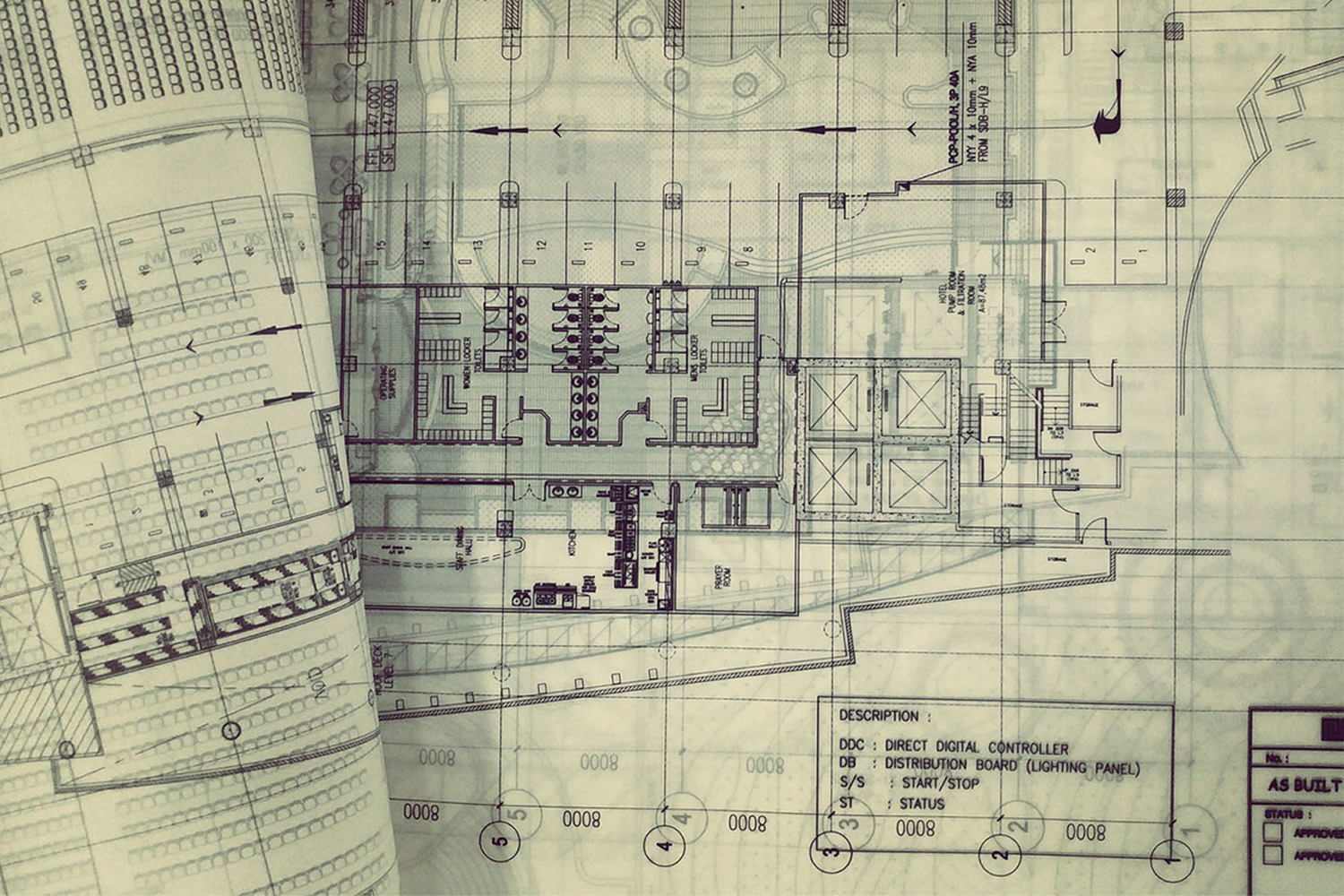Steps to Architecture Licensure – You Have to Love It

I am an unlicensed architect working for a construction management company (Tocci).
Or, am I an architectural intern working for a construction management company?
Or, am I a VDC Specialist who got their Masters in Architecture and now works for a construction management company?
Taylor Liles: Questioning my role as a young-professional-not-yet-architect is just one of the hurdles I’m facing. I’ve made it my first professional goal to get out of this ambiguous role.
The steps to architecture licensure includes a mentorship program of logging 3,740 hours of experience as well as completing 6 exams (ARE’s), each taking 4-5 hours to complete and months of studying. The ARE’s are essentially architecture’s equivalent to the BAR exam, (except arguably more difficult). I’m studying for my first ARE now. The pass rate is about 50%. No pressure.
But all this effort begs the question: why do I want to get licensed? Is it for career advancement? Bragging rights? Or is it just the next goal? The next item on the giant To-Do list that is my life? Striving for licensure is high risk, low reward. Licensure rarely brings a significant raise, more responsibility, or even increased opportunity. It essentially changes nothing except the accolades section of my email signature – “RA” (Registered Architect) or “NCARB” (National Council of Architecture Registration Boards).
Licensure does provide a quick answer to the inevitable “What do you do?” question. I will finally be able to legally call myself an Architect. Worth it? I guess so. I mean, I love it. I’m not on a teleological quest; the journey is the reward. I want to know how to calculate the ultimate yield point of a HSS 4×4 column. I live for the thrill of understanding sanitary waste stacks and ADA slope requirements. You have to love it.
At least this is the attitude architecture students have conditioned themselves to adopt. I love it, therefore it’s all worth it – the all-nighters, the student loans, the devastating critiques. We are used to the high stakes, low reward model. You have to love it, because otherwise, you are insane.
But if I love architecture, how did I end up at Tocci Building Corporation instead of an architecture firm? Through a design-build program called Studio 804 at the University of Kansas, I developed an appreciation for the hands-on application of architecture. After designing and building a house with nine other students, the Virtual Design and Construction (VDC) role seemed a natural next step. In this role, I utilize my architecture background to help make the construction process more efficient. For example, MEP Coordination prevents re-work in the field during installation. We find building system conflicts in the BIM world rather than in the field, saving time and materials.
Studying for the architecture licensure exams and earning the title of architect helps me grow in the VDC role. I bring the knowledge I’m gaining into conversations with subcontractors, developers, and architects, increasing collaboration and reinforcing the idea that “We all work for the project”.
So the licensure process is worth it because I love it and because professional development has intangible benefits.
Editor’s Note: Taylor Liles, now Taylor Tocci, passed her AREs and logged her 3,740 hours of mentorship to become a licensed Architect. Congrats!